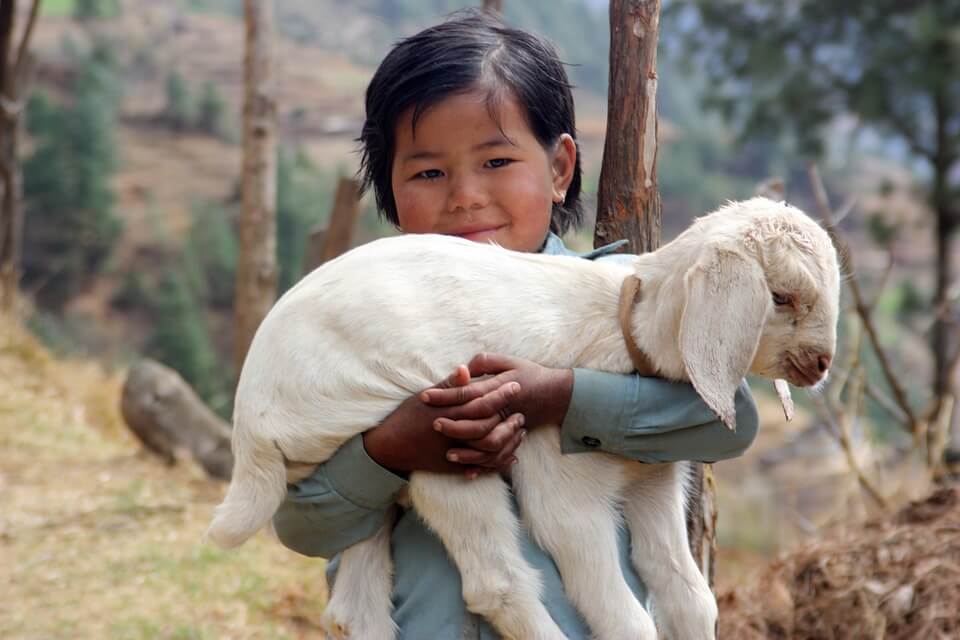Renewable Energy Comes to Nepal–But It’s Not the Variety You’d Imagine

Wind and solar? You’re in a country with 49 major rivers and 8 of the 10 tallest mountains in the world (i.e., you have enough hydro power to light up this quadrant of the galaxy) and you’re installing wind and solar?
Apparently, the answer lies in the fact that this is a remote village, thus we’re talking about a microgrid that may not be well-served with hydro.
Also, we’re talking about an incredibly small amount of power. From the article: “With output of 110 kilowatt-hours (kWh) of electricity, it easily covers the total daily demand of 87 kWh from the village’s 85 households.” Wow. These households use about 1 KWh of electricity per day; that’s about 1/30th of our power-hungry appliances and HVAC systems in the U.S.
Having said all this, their wind and solar resources must be terrible. “(The system) includes wind turbines with capacity of 20kW and solar photovoltaic panels of 15kW.” That’s a capacity factor of 10.3 percent.
In any case, the little girl and her lamb seem pretty content. If they’re happy, I’m happy too.

Craig,
Cute picture, not so cute is the economy and lifestyle of Nepal !
With about 50% unemployed and a per capita income of $830.00, I’m not sure there’s much of a market for even the cheap, heavily subsidized consumer products flooding in from the PRC.
The little girl will be exceedingly lucky if she lives to 52. 52 is the life expectancy for poor females in Nepal. Curiously, the main cause of death is lung disease and respiratory ailments which which ranks 3rd in the world for non-cancerous lung disease, odd for an alpine nation.
Nepal also ranks 8th in death by suicide and 12th for those dying of peptic ulcers, tuberculous and asthma. (HIV is also a growing problem).
She will also enter puberty much younger than in her grandmothers day. The average age among poor Nepalese girls has dropped from 14-15, to 9-11 years.
While in the West much fuss is generated about child obesity, in Nepal 36 % suffer from malnutrition.
Hopefully, the lamb is a female, or it will be eaten at the next festival. Nepal’s dietary deficiencies are basically due to low protein consumption.
All in all, not really the Utopia so many young sought from a trip to the exotically named Katmandu.